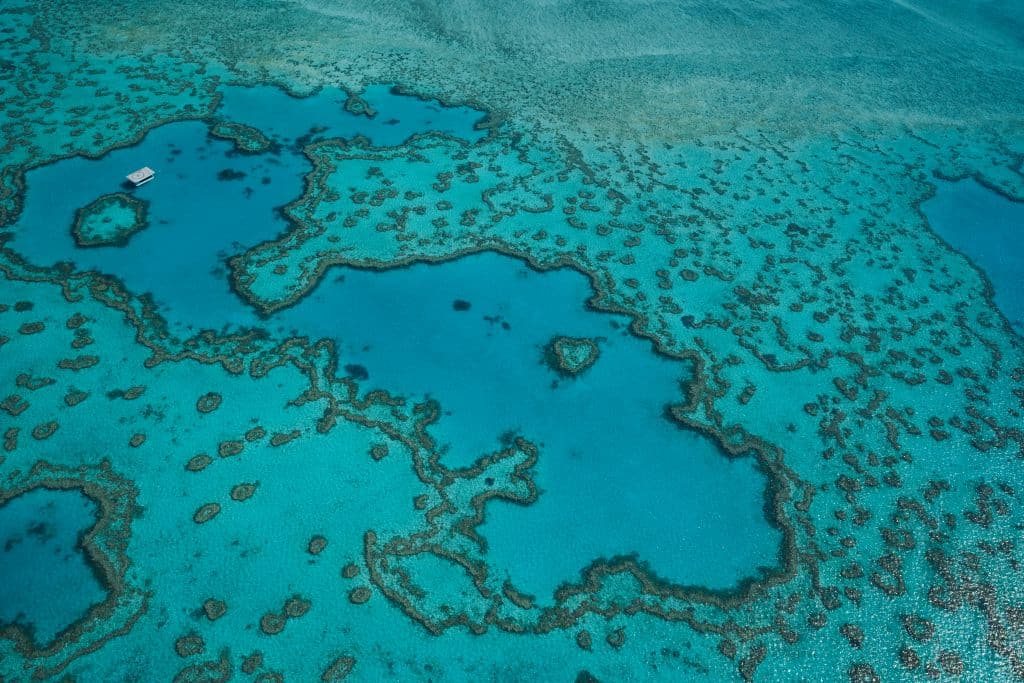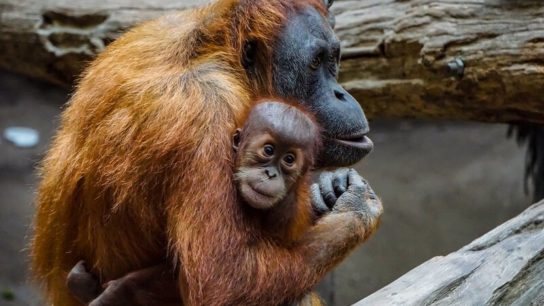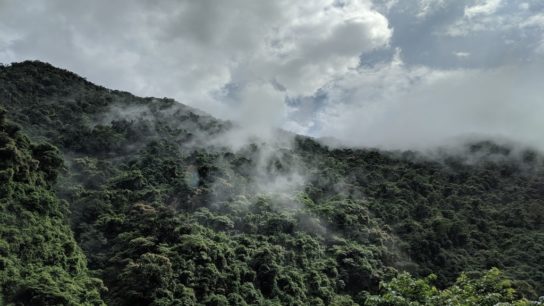Heat stress in the southern Great Barrier Reef last year triggered “severe and widespread bleaching to levels not previously recorded,” the team of Australian scientists behind a new study concluded.
—
Over 40% of individual corals monitored near a southern Great Barrier Reef island perished last year due to extensive coral bleaching, a new study has revealed.
Following a mass bleaching event that started in early 2024, a group of Australian scientists studied the health of 462 coral colonies at One Tree Island, a protected coral cay situated in the southern part of the Australia’s iconic reef.
The team from the University of Sydney carried out research in four phases over a period of 161 days, starting in February, and then again in April and May. By the time the last assessment was carried out in July, 44% of the bleached colonies were dead. Some coral genera, such as Acropora, experienced up to 95% mortality rate. Only 92 coral colonies escaped bleaching entirely.
The mass bleaching event – the seventh such event on the Great Barrier Reef since 1998 and the fifth since 2016 – was the most widespread and “catastrophic” outbreak to hit the reef system, the study concluded.
Coral bleaching occurs as a heat stress response from rising ocean temperatures, which drives algae away from coral reefs, causing reefs to lose their vibrant colours. While a bleaching event is not directly linked to corals’ death, more frequent and intense heat stresses make corals more vulnerable to diseases, slowing down their recovery and limiting their ability to spawn.


One of the marine biologist behind the study described the scenery as “really devastating.”
“I have gone from being really sad to being really cranky. We have been trying to get the message across about climate change for ages,” Maria Byrne, who works at the University of Sydney, told the Guardian.
Co-author Ana Vila Concejo, said the study is “a wake-up call for policymakers and conservationists.”
“The resilience of coral reefs is being tested like never before, and we must prioritise strategies that enhance their ability to withstand climate change,” Concejo, who works at the School of Geosciences, said.
Under Threat
In August, a study warned that this generation will likely witness the demise of Australia’s iconic Great Barrier Reef unless rapid, coordinated, and ambitious action is taken globally to reverse climate change.
Scientists came to this conclusion after looking at recent sea surface temperature trends. They found that the extreme ocean heat recorded between January and March in 2017, 2020, and 2024 – the hottest year on record globally – was the highest in 400 years. These extremes, caused by anthropogenic influence on the climate system, pose an “existential threat” to the reef’s ecosystem.
At this rate, the study concluded, the reef is at risk of experiencing “near-annual coral bleaching,” which would “further threaten the ecological function and outstanding universal value of one of Earth’s greatest natural wonders.”

Located off the coast of Queensland, the Great Barrier Reef is the largest in the world. It covers an area of about 344,400 square kilometres (133,000 square miles), more than the UK and Ireland combined. It is renowned for its biodiversity, housing thousands of species of marine life.
According to the Australian Institute of Marine Science (AIMS), approximately half of the reef’s coral cover has been lost since 1995, with recent bleaching events further exacerbated by extreme weather patterns linked to climate change.
Global Mass Bleaching Event
Last April, the US National Oceanic and Atmospheric Administration’s (NOAA) and the International Coral Reef Initiative (ICRI) confirmed that the world is undergoing its fourth global coral bleaching event.
In October, the National Oceanic and Atmospheric Administration (NOAA) confirmed that the current mass coral bleaching event affecting over 50 countries worldwide, including Mexico, El Salvador, Costa Rica, Panama, and Colombia, and Australia, is now the largest event ever recorded.

Coral reefs are extremely important ecosystems that exist in more than 100 countries and territories and support at least 25% of marine species. They are integral to sustaining Earth’s vast and interconnected web of marine biodiversity and provide ecosystem services valued up to $9.9 trillion annually. They are sometimes referred to as “rainforests of the sea” for their ability to act as carbon sinks by absorbing the excess carbon dioxide in the water.
According to the most recent report by the Global Coral Reef Monitoring Network (GCRMN), the world has lost approximately 14% of corals since 2009.
Featured image: Tourism and Events Queensland.
You might also like: Why Elevating Indigenous Voices Is Crucial to Protecting the World’s Coral Reefs
This story is funded by readers like you
Our non-profit newsroom provides climate coverage free of charge and advertising. Your one-off or monthly donations play a crucial role in supporting our operations, expanding our reach, and maintaining our editorial independence.
About EO | Mission Statement | Impact & Reach | Write for us














